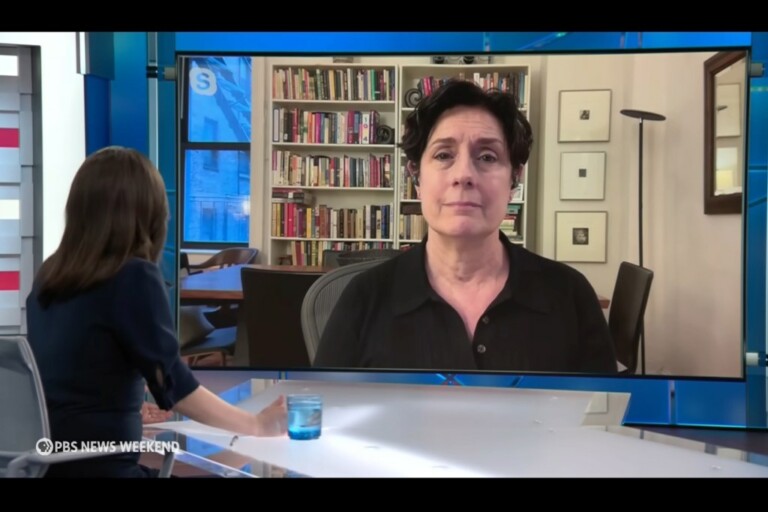Rising insurance costs are pushing homebuyers to a breaking point
Please enable cookies.
Sorry, you have been blocked
You are unable to access qz.com
Why have I been blocked?
This website is using a security service to protect itself from online attacks. The action you just performed triggered the security solution. There are several actions that could trigger this block including submitting a certain word or phrase, a SQL command or malformed data.
What can I do to resolve this?
You can email the site owner to let them know you were blocked. Please include what you were doing when this page came up and the Cloudflare Ray ID found at the bottom of this page.
Cloudflare Ray ID: 972fadc87c52df27
•
Your IP:
2a01:4ff:1f0:f063::1
•
Performance & security by Cloudflare
Information contained on this page is provided by an independent third-party content provider. This website make no warranties or representations in connection therewith. If you are affiliated with this page and would like it removed please contact editor @producerpress.com
